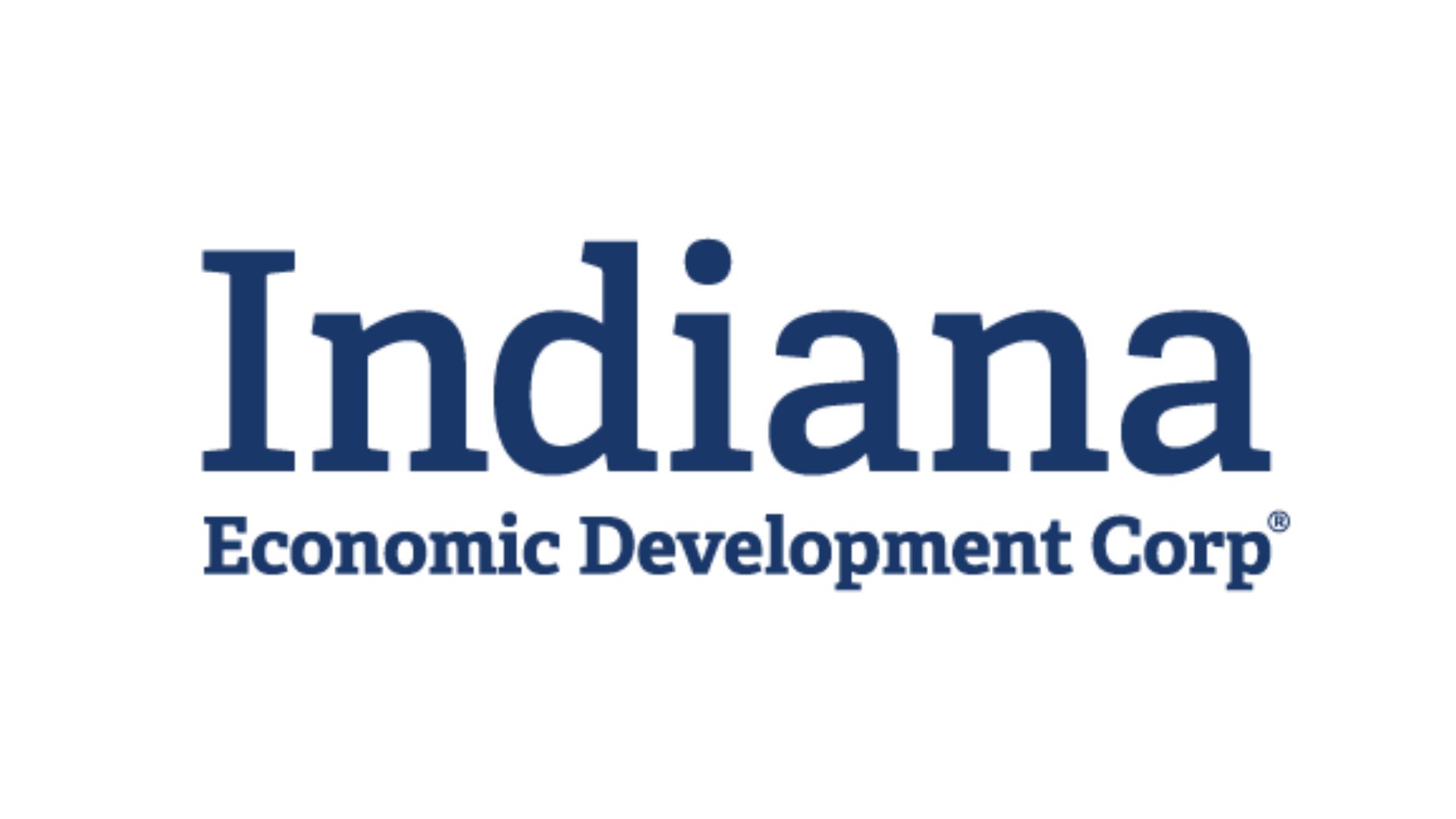Indianapolis, Indiana – While most Hoosiers are enjoying a traditional summer break, Indiana’s top economic leaders are working overtime to reshape the state’s future. Under the direction of newly elected Governor Mike Braun, the state’s approach to economic development is undergoing a significant transformation — and the pace isn’t slowing down, even in the middle of summer.
From new leadership appointments to bold shifts in strategy, Indiana’s economic game plan is entering a new chapter. Among the most significant recent developments is the launch of the Office of Entrepreneurship and Innovation, a move spearheaded by Governor Braun and designed to strengthen grassroots business development across the state.
At the helm of this new office is Brian Schutt, co-founder of the Indianapolis-based coworking and business incubator Refinery46. He was tapped as executive director earlier this summer. The office will now oversee entrepreneurship programs previously managed by the Indiana Economic Development Corporation (IEDC), including the state’s certified technology parks. But unlike previous administrations that emphasized high-growth, high-tech startups, this new strategy aims to put more emphasis on supporting Main Street entrepreneurs in both urban and rural areas.
The goal, according to the governor’s team, is simple yet ambitious: boost wage growth and expand job opportunities for working Hoosiers. It’s a notable shift from past policy approaches and one that reflects Braun’s campaign pledge to measure progress through real job and income growth, not just flashy investment announcements.
“These appointments … embody the Freedom and Opportunity agenda for IEDC: They hail from communities all around our state, bring experience from across the range of Indiana’s key industries and each of them knows the importance of growing wages and creating job opportunities for Hoosiers because they’ve done it in their own communities,” said Governor Braun in June, following the appointment of nine new members to the IEDC’s board of directors.
Leadership change is also happening in other parts of the state’s economic apparatus. In June, Josh Richardson, chief of staff to Secretary of Commerce David Adams, was named the new commissioner of the Department of Workforce Development. Richardson will now lead efforts to modernize workforce services and strengthen connections between employers, job seekers, and communities. His appointment is seen as a key step in aligning workforce development with the state’s broader push toward measurable, widespread economic improvement.
Backing up these structural shifts are new financial commitments aimed at accelerating entrepreneurship at the local level. Just a day after the IEDC board appointments, Secretary Adams announced nearly $1 million in grant funding through the Community Collaboration Fund, aimed at bolstering entrepreneurial ecosystems throughout Indiana. The grants — totaling $925,107 — will support 28 community-led projects focused on entrepreneurial education, business development, and local collaboration.
These moves, taken together, mark a period of rapid and purposeful change within what Governor Braun calls his “commerce vertical.” With the economy still recovering from disruptions in recent years, the administration is aiming to pivot toward policies that foster long-term, community-rooted growth.
While the full vision for Indiana’s economic future is still unfolding, the past few months have provided strong indications of where things are heading. The emphasis is clearly shifting away from a top-down, big-tech-centered approach to one that values small business development, local leadership, and tangible wage gains.
And despite the heat of summer, there’s no slowdown in sight.
The Indiana Chamber of Commerce has signaled its continued support of the administration’s direction. “The Chamber looks forward to continuing its partnership with the Governor’s administration to make Indiana the best state in the country to live, work and start and grow a company,” it said in a recent statement.
As Indiana’s new strategy continues to take shape, residents and entrepreneurs alike will be watching closely to see how these changes translate into jobs, paychecks, and opportunities in communities across the state. One thing is clear: this summer may be hot, but the work of building Indiana’s future is just getting started.









